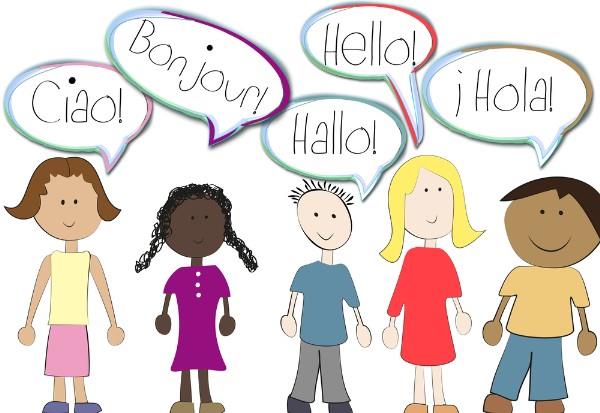
Raising bilingual children in Indonesia: the strategies
I have raised bilingual children. My children, aged 17 and 11, are proficient in both the Indonesian and English languages and can switch with ease between these for certain topics.
Raising bilingual children: a choiceI always wanted my children to master two languages. I started speaking with my daughter in both English and Indonesian languages when she was six years old.
But I often asked myself what was the best way to make my children speak English as well as Indonesians speak in their mother tongue.
I realise that raising children bilingually requires a condition where my children can learn to speak English without interruption. When I received a scholarship to pursue a PhD in education in Melbourne, Australia, I brought my children with me between 2011 and 2015.
Frequent exposure is the keyIn Indonesia, raising children in two languages (or more) is not a new thing. The vast majority of Indonesian people are bilingual or multilingual by default, because they speak at least two languages: Indonesian and their ethnic language (native language) . Thus, the practice of acquiring a second language is ingrained, without people planning or thinking about it.
Exposure to language is an important factor in learning a language. Acquiring foreign languages is more difficult than mastering ethnic languages, as the latter are spoken everywhere. Foreign languages are not commonly spoken or heard.
A lot of people learn English in a structured format in classrooms and forums. However, they may acquire knowledge about the language but fail to use the language properly in this formal setting.
Contrast this to ethnic languages that people hear in their daily lives. People are highly exposed to ethnic languages from the time they enter school at the age of around 4. The exposure to Indonesian language happens simultaneously, with the language being used as the medium of interaction in formal contexts.
English is a foreign language that the vast majority of Indonesians do not speak. This results in children's low exposure to the language.
As learning English needs to be done in a structured context, the natural aspect of the language use has decreased. But children can still acquire English, subject to their exposure to the language.
Formal and informal contextsA bilingual child usually gains her ability to speak two languages through exposure in both formal and informal settings.
In the family context, parents are the key factor.
In mastering English as the second language for children, parents need to provide more contexts for exposing their children to English to ensure the process of learning the language happens naturally.
Here are at least three strategies that parents can implement in raising bilingual children. The strategies are adopted from methods introduced by American linguist Suzanne Romaine in her book Bilingualism .
One parent, one language
The method applies when one of the parents speaks English most of the time (if not all the time) and the other parent speaks Indonesian or an ethnic language.
This will give the children simultaneous natural exposure to both languages. To do this, the parent needs to be competent in English.
Home versus school
Under this method, parents can tell children to speak a certain language in a certain context. For example, children are required to speak English in school, while at home they are encouraged to speak Indonesian. This context-based, one-language strategy may be implemented conversely.
I have seen many parents who are incompetent in English send their children to schools where English is the main language because they are incapable of teaching English at home.
Natural conversion
The third way that parents may choose is providing contexts where both languages (Indonesian and English) are used. Parents themselves switch languages, and they need to do this from when their children are born, so they are exposed to the languages from infancy. Again, to do this, parents need to be able to use English proficiently.
The strategies are there for parents to choose for their children to acquire English without losing their Indonesian and ethnic languages.
A phenomenon of children who are exposed to English but are not able to speak local languages properly has prompted debates on the best way to teach English to children as it may later cause communication barriers. No parent wants this to happen. Therefore, they need to be wise in exposing their children to the languages.
- Language Indonesia Family Parenting bilingual education

Legal Disclaimer:
MENAFN provides the
information “as is” without warranty of any kind. We do not accept
any responsibility or liability for the accuracy, content, images,
videos, licenses, completeness, legality, or reliability of the information
contained in this article. If you have any complaints or copyright
issues related to this article, kindly contact the provider above.


















Comments
No comment